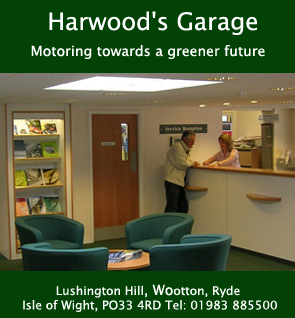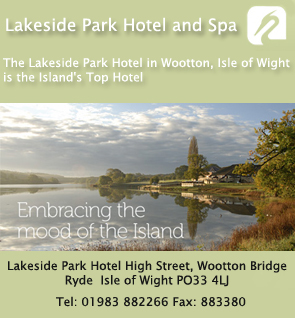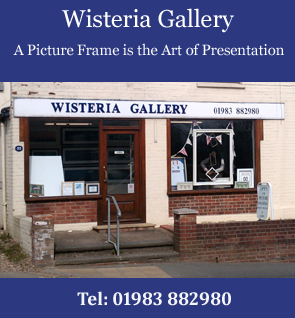Whippingham
Wippingeham 735 AD; Wipingeham; Witingeham (sic) 1086 AD Domesday book; Wippingeham 1155-58; Wippingaham 1193-1217; Wyppingeham 1227; Whippingham 1311. The homestead of the family or followers of a man called Wippa. OE personal name + inga + ham.
A parish in the East Medina, 3 miles north-east of Newport. It lies on the east bank of the River Medina, and is one of the largest parishes, occupying 4611 acres of land, of which 7 acres are inland water, 940 ¾ acres arable land, 1822 ¼ acres permanent grass, 287 ¾ acres woodland.1 The living is a rectory in the diocese of Winchester with a value of £780 population 1861 was 500.
In 1894 the parish of East Cowes was created out of Whippingham,2 and at the same date Whippingham was extended to include all that part of Wootton which had not already been included in Gatcombe.
The parish church of St Mildred was originally designed by John Nash in 1804. With the arrival of Queen Victoria at nearby Osborne, Prince Albert worked with Albert Jenkins Humbert who later designed Sandringham. The result was a church with five pinnacles. Entrance is from the South Porch with the font on the left and the nave to the right; in the centre are the north and south transept, the crossing and chancel with Battenberg Chapel, Alter and reredos together with a side chapel containing the Royal Pew.
Princess Beatrice was married here to Prince Henry of Battenberg, uncle of Lord Louis Mountbatten. The Battenberg Chapel has close connections with the Mountbatten’s in that Prince Louis Francis of Battenberg from birth to the age of 17 when the Royal Family changed the family name in 1917. The Chapel contains memorials to him and his elder brother George 2nd Marquess of Milford Haven, and his two older sisters, Princess Alice (mother of Prince Philip) and Queen Louise of Sweden.
Lying just opposite the church are the Almshouses. These were built by instruction of Queen Victoria for retired Royal servants. Coburg cottage was also built for this reason and can be found in Mount Road. The cottage was built in 1853 and designed by Prince Albert in the style of a Bavarian hunting lodge.
Close by is Barton Manor. Bought by the Queen at the same time as the purchase of Osborne House, it was largely rebuilt and used as an overflow for house guests. It also served as a home farm for the Osborne Estate. The Royal Naval College was built in 1903 on part of the Osborne Estate granted by King Edward VII in 1902. Alongside the river is The Folly Inn, so named after a sloop which ran aground in the 18th century. The area now is much used in the summer time with many yachts and other pleasure craft.
Sources:
A D Mills, Place Names of the Isle of Wight. Paul Watkins, 1966
William Page (editor) ‘A History of the County of Hampshire Vol. 5’ (1912) pp. 197-202
Statistics from Board of Agric. (1905)
Census of Engl. And Wales, 1901, Hants, 37
Kokeritz.
Ibid. 38
The National Gazetteer of Great Britain and Ireland (1868)
Link: http://www.british-history.ac.uk ![]()










 Help To Support Us
Help To Support Us





 Our Facebook page
Our Facebook page Get the latest Tweets
Get the latest Tweets You Tube
You Tube RSS Feed
RSS Feed
